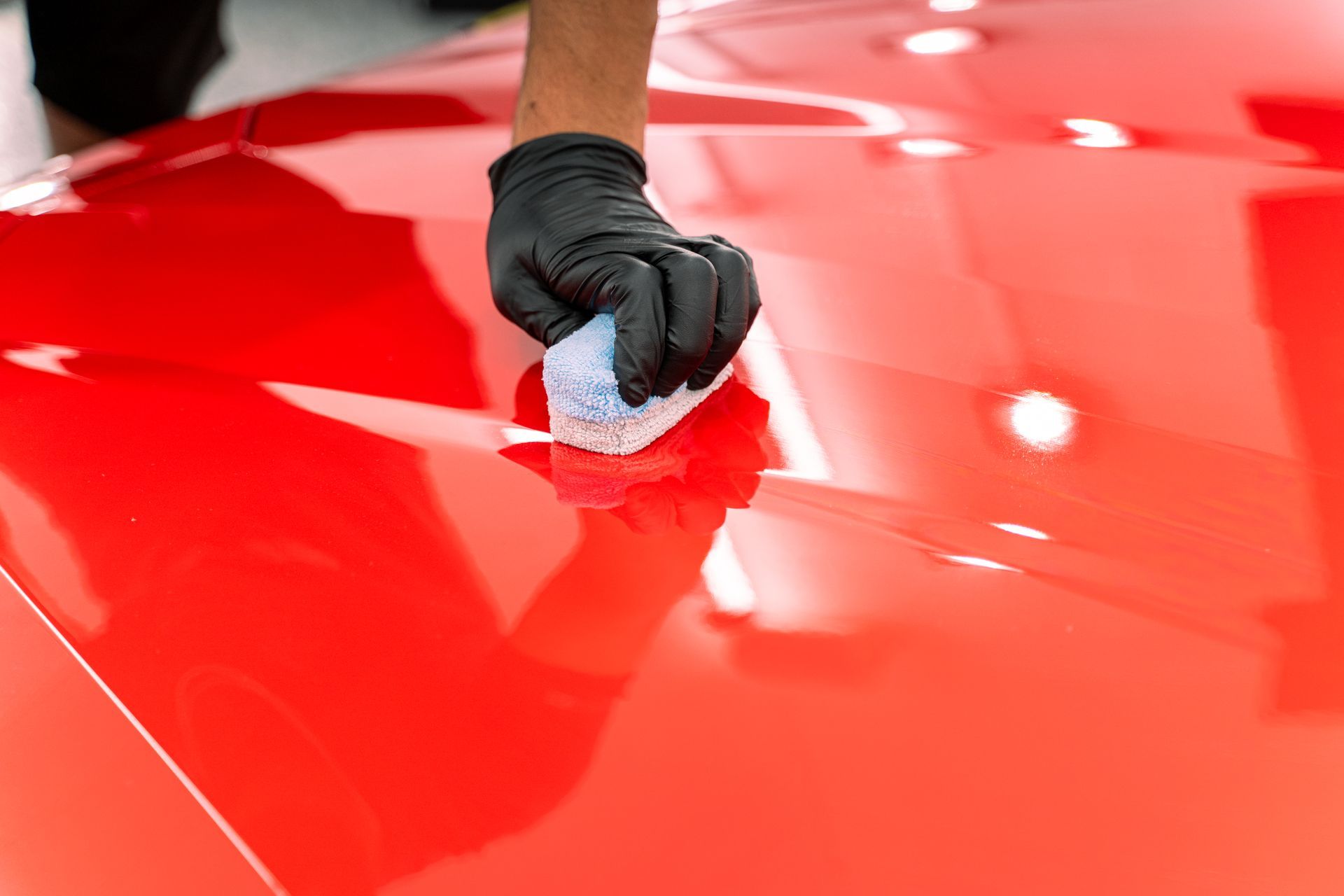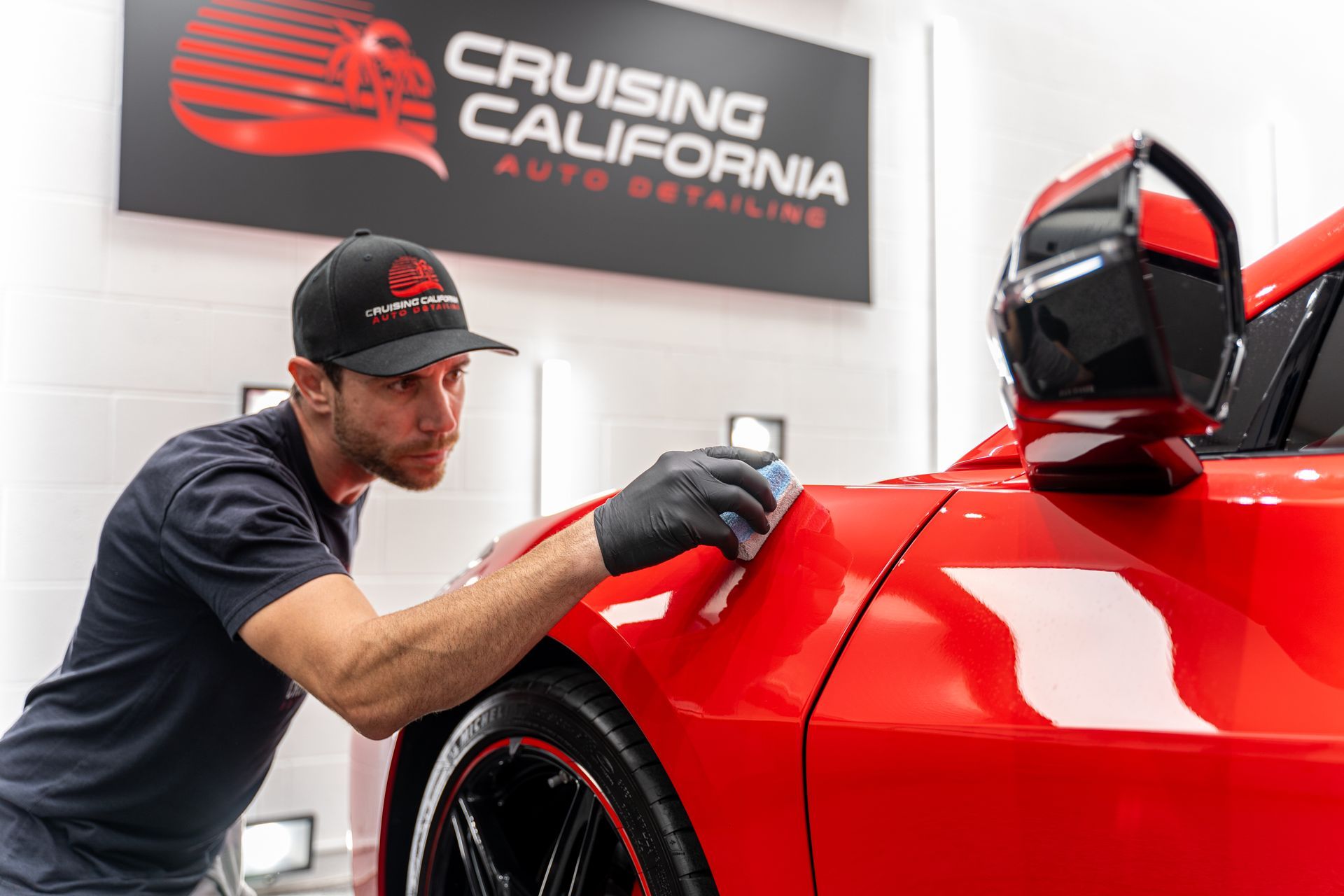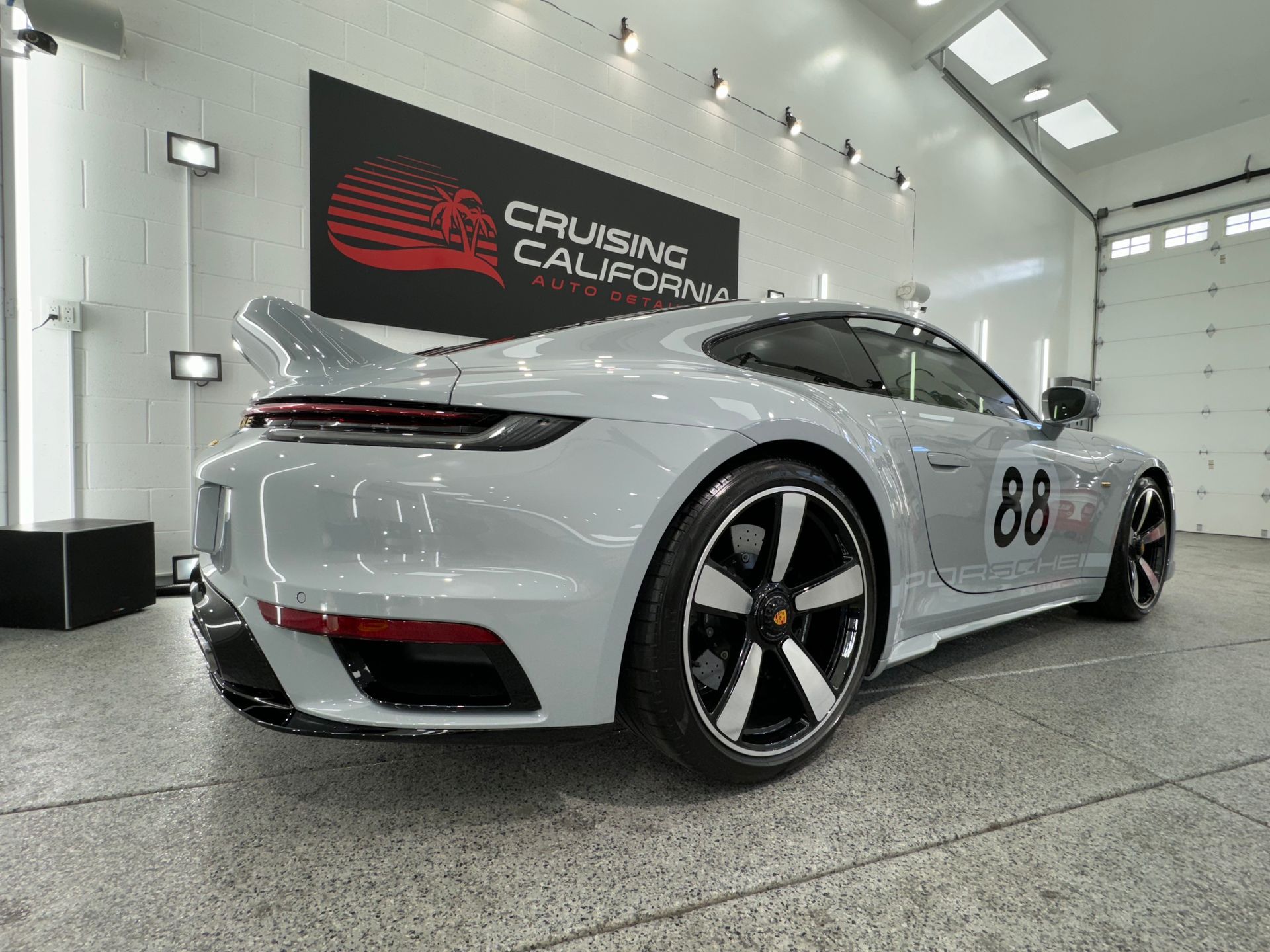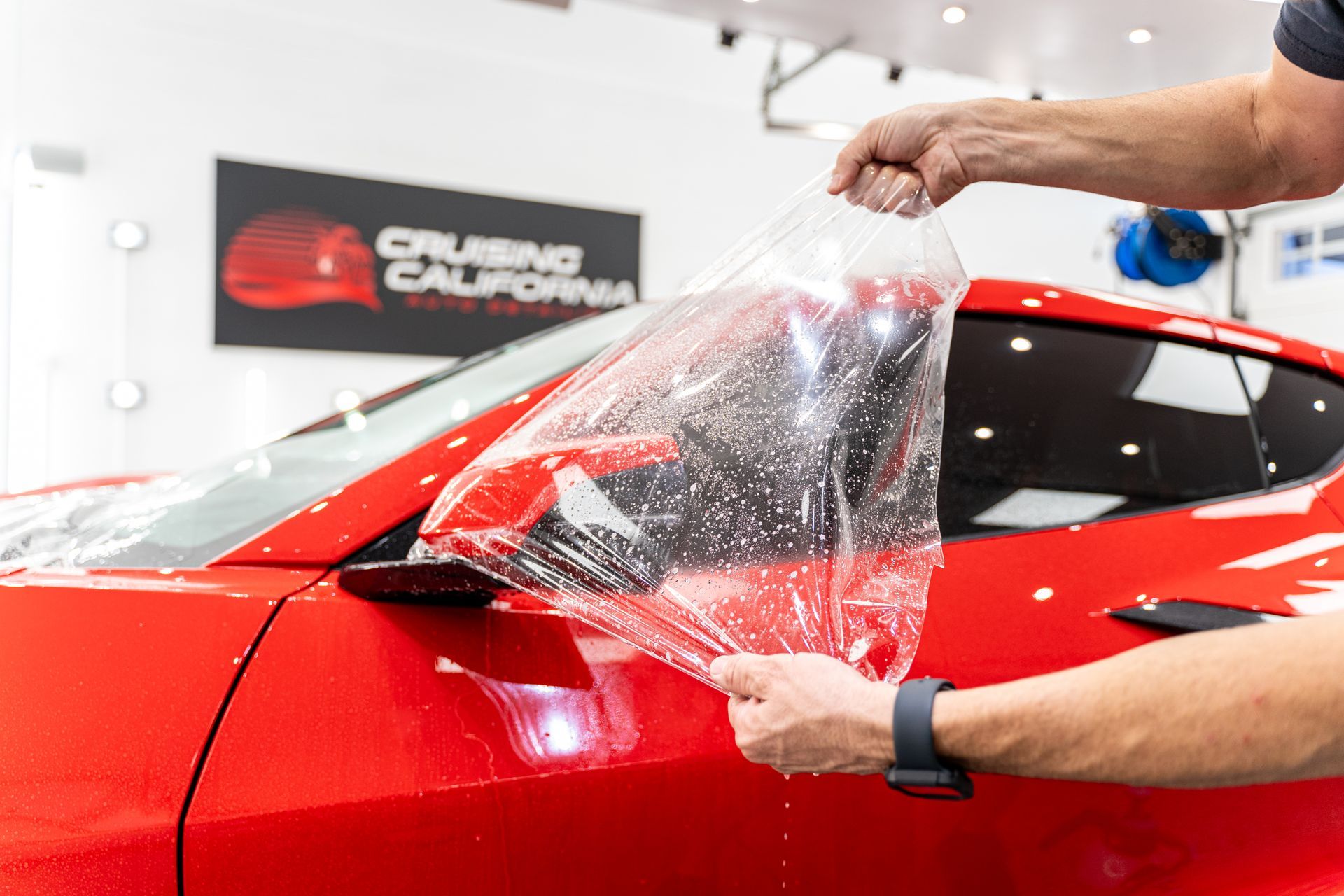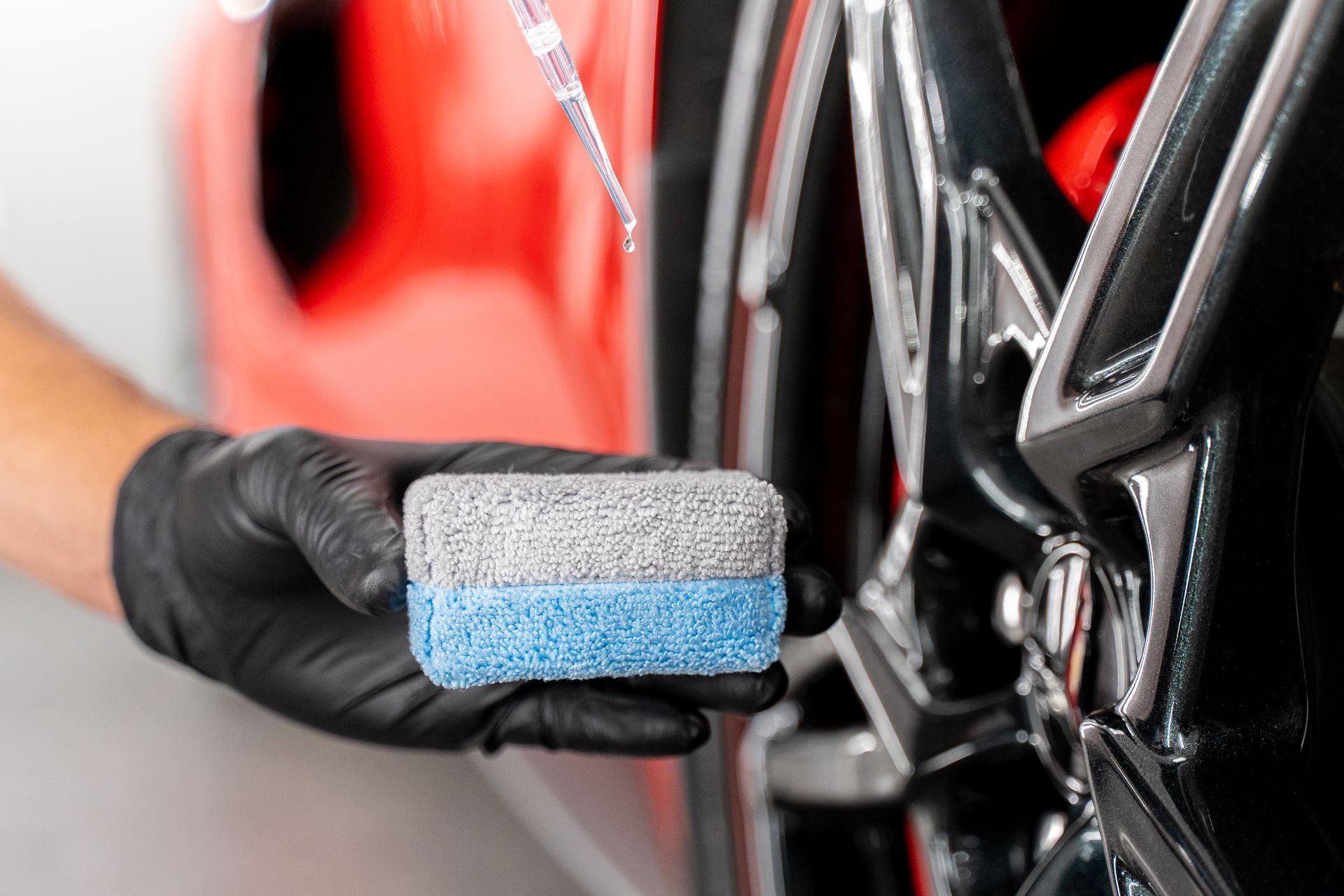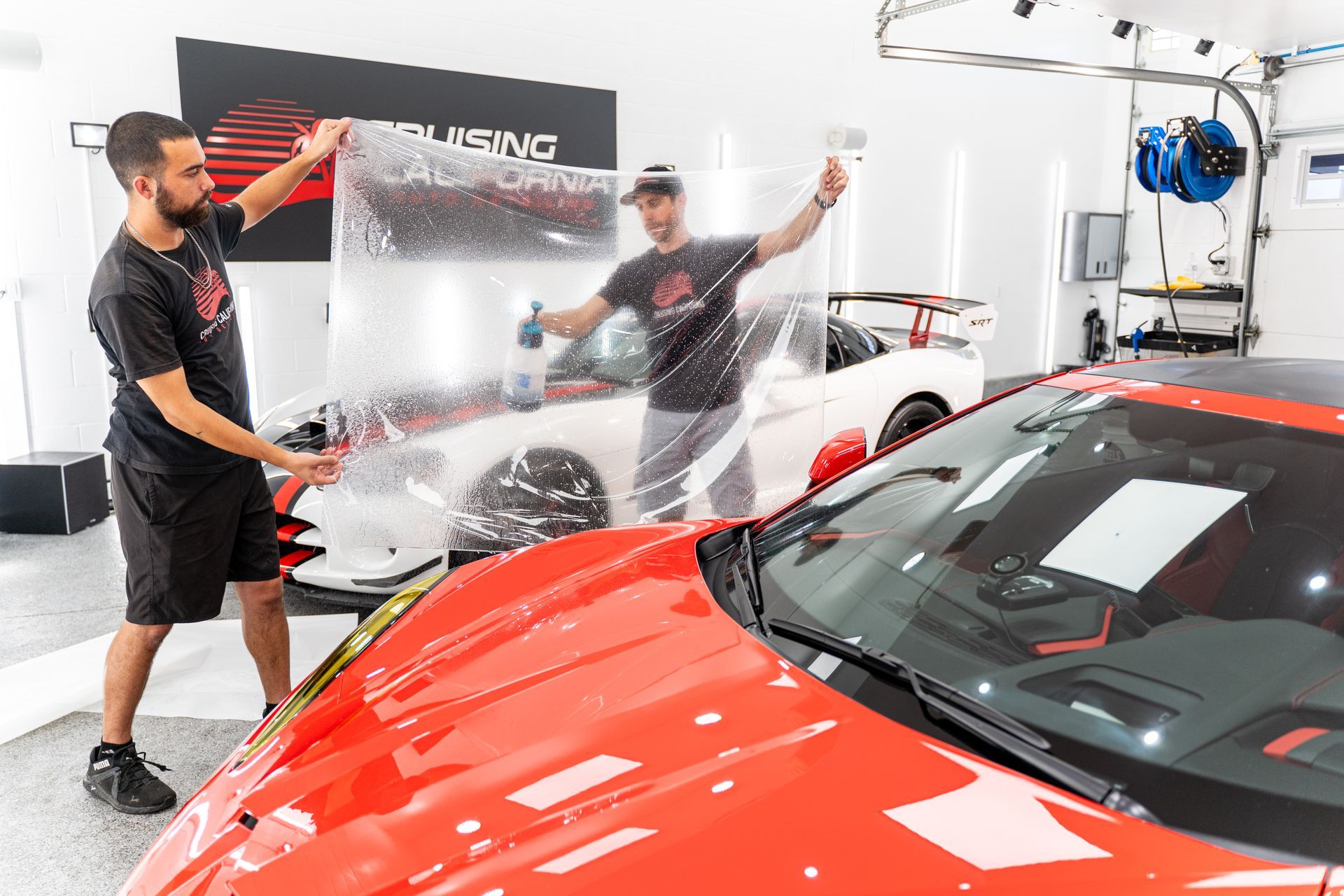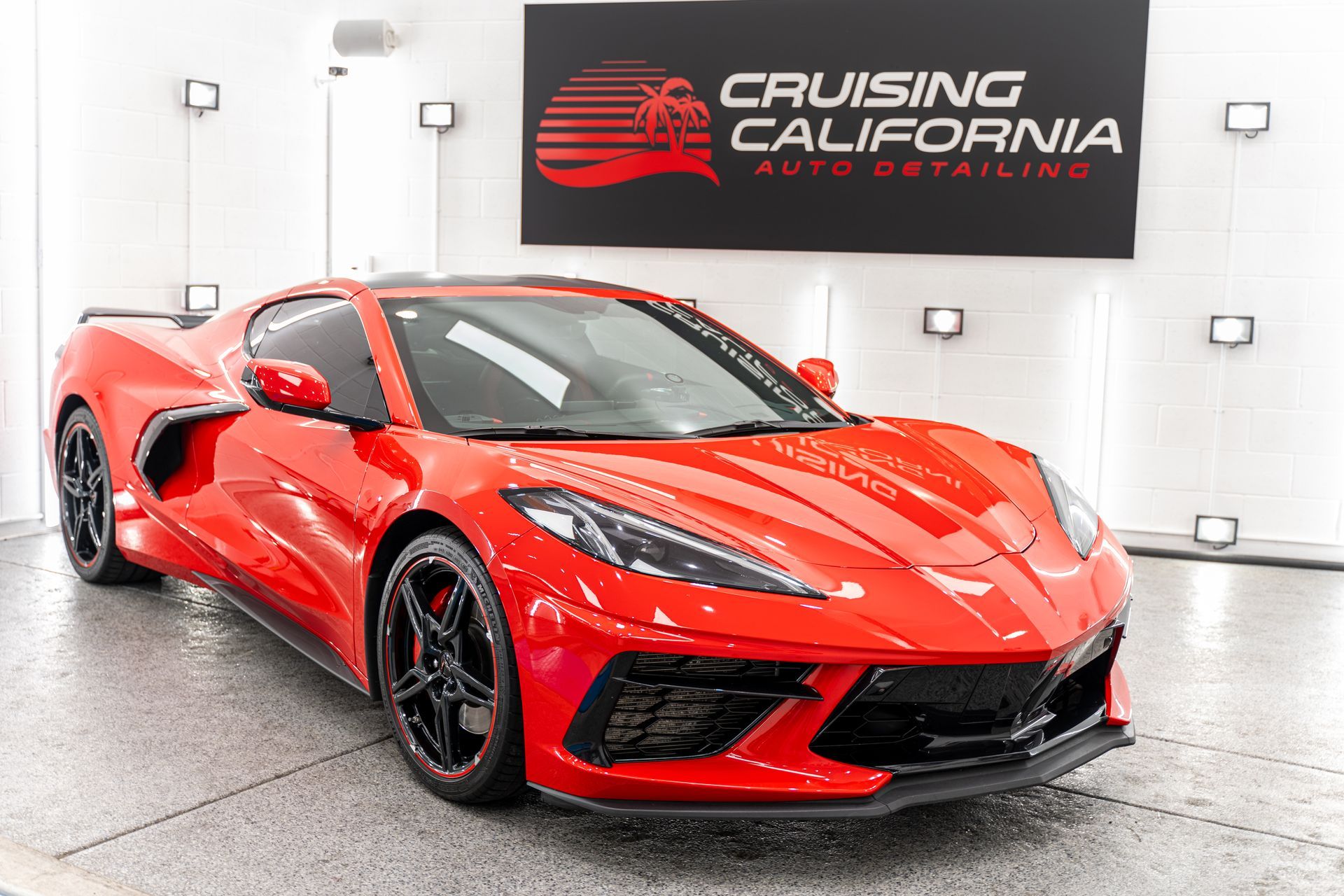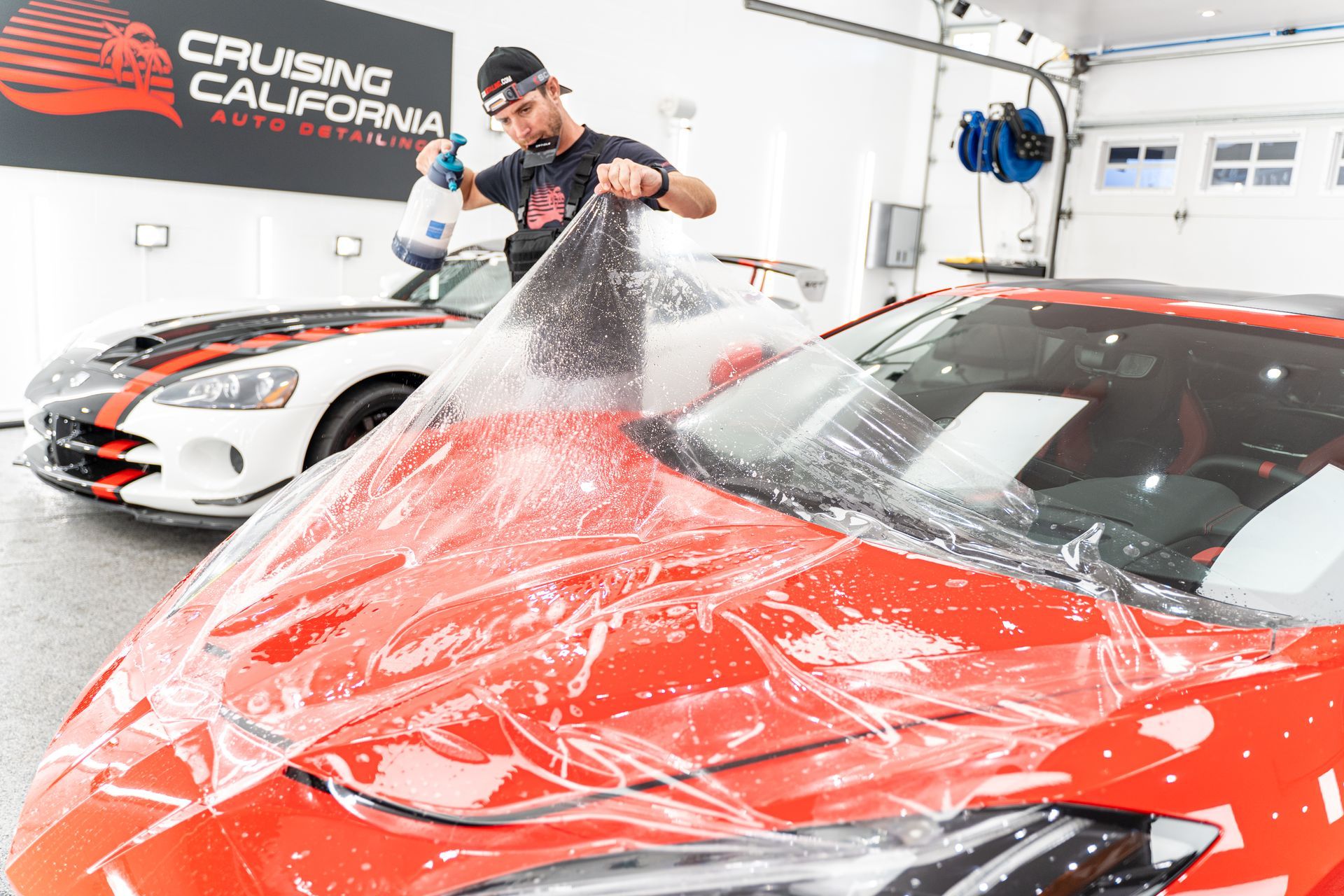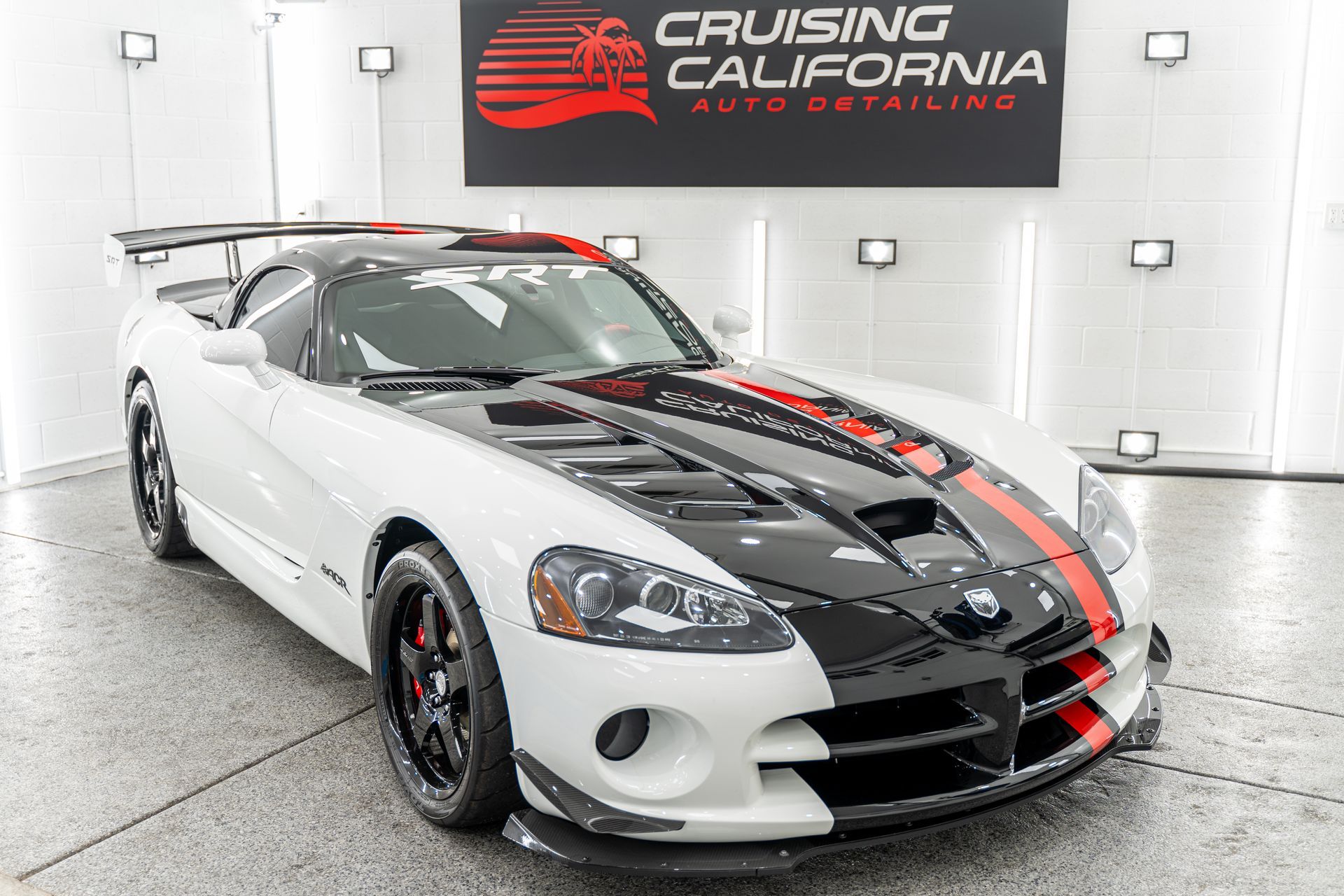Is Coating Safe for All Car Types and Paint Finishes? A Comprehensive Guide
When it comes to protecting your car's paint job, coatings can feel like a double-edged sword. On one hand, they promise to shield against dirt, scratches, and those pesky UV rays; on the other, you might wonder if they could actually harm your beloved vehicle. It’s not just about slapping on a shiny product; understanding the specific needs of your car’s finish is crucial. I remember the first time I applied a ceramic coating to my car—there was excitement in knowing it would look great for years, but also a hint of anxiety about whether I was making the right choice. This guide aims to demystify the world of automotive coatings, offering insights to help fellow car enthusiasts decide what’s safest and most effective for their vehicles. So let's dive into the details!
Ceramic coating safety largely depends on the type of vehicle and its specific paint finish; while some modern coatings are designed to be compatible with a wide range of finishes, others may need to be chosen carefully based on the vehicle's value and paint composition. It's important for car owners to consult product specifications and potentially seek professional advice to ensure that the chosen coating does not damage or degrade their specific vehicle's surface.
Types of Car Coatings
Different coatings can dramatically affect the longevity and aesthetic of your car’s finish. Each type has its own set of characteristics, advantages, and disadvantages that can influence the choice among car owners, depending on their vehicle type and use.
- Wax Coatings: Wax coatings are rooted in tradition and are widely recognized for giving vehicles a sophisticated shine. Primarily made from natural ingredients like carnauba wax, these coatings offer a warm, glossy finish to painted surfaces but wear off within a few months. Maintaining that luster means reapplying regularly, typically every three months or so. This commitment may seem tedious, yet many enthusiasts enjoy the ritual—it gives them a chance to examine their vehicle closely while ensuring it remains pristine. Consider the experience of applying carnauba wax: as you glide it across the surface, you can almost feel the romance of car care; the smoothness that policymakers used to dream about stirs nostalgia within many drivers. However, despite its charm, its longevity is limited when compared to modern alternatives.
- Polymer Sealants: On the other hand, polymer sealants represent a leap forward in automotive protection. They last longer than traditional wax coatings—anywhere from six months to two years—and provide formidable defense against UV rays and mild abrasions. Thanks to their ability to form a strong chemical bond with your car's paint, these sealants create a slick and hydrophobic surface that repels water effectively. It’s like giving your vehicle an invisible protective armor that shields it from day-to-day elements without compromising on shine.
- Ceramic Coatings: When discussing advanced protection, ceramic coatings emerge as a significant contender. Utilizing nanotechnology, these coatings chemically bond with your vehicle’s paintwork, creating an incredibly resilient layer that lasts anywhere from two to five years with proper maintenance. This remarkable durability translates into robust defense against environmental hazards such as dirt, grime, bird droppings, and even harsh chemicals found in automatic washes. In addition to longevity, ceramic coatings provide notable enhancements in glossiness while improving hydrophobic properties—meaning water beads up and rolls off effortlessly—making routine cleaning far easier. The allure here lies not just in protection but also in maintaining that fresh-off-the-lot appearance.
With clear bras installed on your vehicle, you create a proactive defense system that ensures both the appearance and value of your investment remain intact. Understanding these coating options significantly broadens your choices; next up is an exploration into a specific type known for its exceptional qualities and protection features.
Ceramic Coatings Explained
Ceramic coatings consist primarily of silicon dioxide (SiO₂), which allows them to form a strong, semi-permanent bond with your car’s paint. This creates a diamond-hard layer that not only protects but also enhances the appearance of the vehicle, giving it a glossy and new look. Imagine a coating that fits so snugly over your paint that it fills in microscopic imperfections; this helps create a smoother surface. Consequently, surfaces treated with ceramic coatings become remarkably resistant not just to water and dirt but also to minor scratches.
One of the standout features of ceramic coatings is their hydrophobic properties, meaning they effectively repel water. When rain falls or you wash your car, water beads up and rolls off, taking dirt along with it. This keeps your vehicle cleaner for longer and reduces the frequency of washes needed, making ceramic-coated cars often require significantly less maintenance than untreated counterparts.
The benefits don't stop there; opting for ceramic coating can yield:
- Enhanced gloss: Your car shines brighter due to the smooth finish.
- Long-lasting protection: Most coatings last between two to five years depending on conditions.
- Hydrophobic properties: This property helps repel water and keep dirt away.
- Chemical resistance: These coatings withstand harmful chemicals as well as acidic and alkaline substances, preserving your paint’s integrity.
A study conducted by the International Detailing Association revealed that vehicles endowed with ceramic coatings maintained their new-like appearance for an extended period while requiring less frequent washing. Interestingly, users experienced about a 20% reduction in minor abrasions compared to uncoated vehicles—an impressive statistic showcasing the coating's effectiveness. However, knowing what ceramic coatings can do isn't enough; understanding their compatibility with various car models is essential for making an informed decision.
Compatibility with Car Models
Not all car coatings are universally compatible, and several important factors determine whether a ceramic coating is suitable for your vehicle type. For instance, you need to consider the age of the car and its paint finish. Some older models, especially those with original factory paint, may show signs of wear that require attention before applying ceramic coating. Chips and scratches may allow moisture to seep in and compromise the coating's integrity over time.
Likewise, high-end luxury vehicles often feature specialized paint finishes—those glimmering, iridescent paints that catch your eye from every angle. These finishes require specific preparations to ensure the ceramic coating adheres correctly. The preparation might involve polishing or correcting any imperfections on the surface to achieve a smooth application. Moreover, an example worth noting is a popular model like the 2023 Tesla Model S. It's well-regarded for its sleekness and shiny finish. However, experts recommend performing a multi-step paint correction first to get the best results when applying ceramic coatings. This way, you're essentially giving your car the best chance at both protection and aesthetic enhancement.
This understanding sets the stage for exploring how these choices influence the overall durability and maintenance of your car’s paint finish.
Impact on Paint Finishes
The interaction between car coatings and different paint finishes is intricate and vital for car owners to understand. High-quality coatings, particularly advanced ceramic options, form a robust bond with a vehicle's paint. This not only enhances the peel and shine of the paint but also boosts its durability against the elements. Picture this: your car gleaming under the sun, its finish appearing vibrant and uncontrolled year after year. That's precisely what these coatings aim to achieve.
One noteworthy advantage of ceramic and similar coatings is their ability to shield against harmful UV rays. Over time, exposure to sunlight can lead to fading and dullness, significantly detracting from your car’s aesthetic appeal. Consider this—cars treated with such coatings have demonstrated up to a 30% reduction in color degradation within just one year compared to their non-coated counterparts. The longer you can maintain that showroom shine, the better it is for your pride and resale value.
However, some enthusiasts voice concerns regarding potential downsides. They argue that improperly applied coatings may result in minor imperfections like streaks or high spots on the surface. It's essential to recognize that many of these issues stem from installation errors rather than flaws inherent in the coatings themselves. Ensuring a professional application—or following meticulous guidelines when applying them at home—can significantly mitigate these risks. After all, just like preparing a beautiful meal requires utilizing fresh ingredients thoughtfully, applying coatings needs precision for effective results.
Furthermore, exploring specific factors such as temperature tolerance and chemical resistance reveals why some vehicles are suitable for particular coating types while others aren’t. Different coatings offer varying levels of resistance to harsh substances—bird droppings, tree sap, or road salt can wreak havoc on an unprotected finish.
To help choose the right coating based on various surfaces, consider these factors:
- Temperature Resistance: Ensure the coating can withstand extreme heat during summer months.
- Chemical Resistance Scores: Look for products specifically designed to resist acidic or alkaline stains.
- Durability Metrics: Evaluate how long each coating lasts under normal driving conditions before needing reapplication.
Understanding these elements clarifies the importance of selecting the appropriate coating not only for aesthetics but also for protecting your investment over time, paving the way for a closer examination of the various advantages and disadvantages associated with these protective layers.
Pros and Cons of Coatings
The allure of ceramic coatings lies in their promise of lasting protection and aesthetics. One of the most significant benefits is their enhanced durability and longevity. Unlike traditional waxes that may last just a few weeks, high-quality ceramic coatings can endure from two to five years, depending on the specific product used. This long-lasting nature means fewer applications and lower maintenance in the long run.
- Superior resistance to environmental hazards: These coatings create a strong barrier against harmful UV rays, road grime, acidic contaminants like bird droppings, and even chemical stains from industrial fallout. In essence, they act as a shield for your vehicle's paint.
- Increased gloss and aesthetic appeal: Beyond protection, ceramic coatings enhance the glossy appearance of your car's finish. The depth and richness of the color can truly bring an old vehicle back to life.
- Reduced need for frequent washing: The hydrophobic properties of these coatings make water bead off more easily, meaning less dirt sticks to your car, leading to longer intervals between washes.
- Protection against minor scratches and UV rays: While no coating can guarantee complete scratch resistance, these products significantly reduce the chances of fine scratches spoiling your vehicle’s finish.
Reflecting on my own experience with a ceramic-coated vehicle, I can attest to the ease of maintenance; a simple rinse often sufficed to remove dirt, leaving it looking fresh without much effort. However, it's important not to overlook the other side of the coin—these coatings do come with some notable downsides. The upfront costs can be a major deterrent. When discussing ceramic coatings, it's common for prices to range from $500 to $2,000, particularly if seeking professional application by experienced detailers. For many car owners, this price tag can feel prohibitive when compared to traditional waxing or less expensive wash options.
- Requires professional application for best results: Achieving optimal results typically necessitates professional installation rather than a DIY approach, resulting in additional costs and reliance on expert techniques.
- Potential issues with incorrect application: If applied incorrectly, coatings can lead to unsightly defects or uneven surfaces that might detract from your car's appearance rather than enhance it.
- Maintenance requirements: Some coatings demand specific care routines and products to maintain their effectiveness over time. Neglecting these requirements can shorten the lifespan and protective qualities of the coating.
I've spoken with several car enthusiasts who find themselves frustrated after investing in a costly coating only to discover later that they need specialized products just for upkeep. Now that you’re aware of both the upsides and potential pitfalls, it becomes essential to analyze how these coatings align with your individual vehicle needs and conditions before moving forward.
Evaluating Coating Safety
The safety of a coating is not a one-size-fits-all scenario; it varies based on the type of paint and the specific car model. For instance, glossy finishes are typically more resilient to various coatings compared to matte or satin finishes. Matte finishes often have porous textures, which might harbor dirt and moisture, necessitating the use of specialized products to avoid potential damage. When evaluating the right coating type, consider the unique characteristics of your vehicle's paint to select a product that best aligns with its requirements.
Proper testing and evaluation before applying protective layers are essential, especially for high-end vehicles and classic cars. These cars often possess intricate paint jobs that can be adversely affected by certain coatings. When in doubt, seeking professional advice can save you from costly mistakes.
Furthermore, manufacturers of automotive coatings invest heavily in research and development to ensure their products meet strict safety standards that have evolved since the 1970s. Adherence to these guidelines is crucial because they provide assurance on durability and compatibility with different automotive finishes. A significant finding from a 2024 survey conducted by industry experts shows that about 78% of car detailers affirm that proper application methods significantly reduce risks associated with damage during the coating process.
Types of Coatings and Their Compatibility
An excellent example of the effectiveness of coatings comes from another data point: 85% of participants reported no negative effects when using ceramic coatings on their vehicles. This trend indicates a growing satisfaction among car owners who choose modern coatings designed with safety and efficacy in mind. However, always remember that consistent maintenance post-application is vital; regular upkeep ensures that your vehicle retains its sheen while preserving the underlying protection.
Being aware of these factors equips you with the knowledge needed to make informed decisions when selecting a coating for your vehicle, ultimately protecting its paint job and extending its lifespan. In summary, understanding the compatibility of different coatings with your vehicle's paint can greatly enhance both aesthetics and durability. Make educated choices tailored to your specific car type and finish for optimal results.
Premium Ceramic Coating Services in El Cajon, CA
At CCA Detailing & Ceramic Coating | PPF, we specialize in high-performance ceramic coating services that offer your vehicle the ultimate protection against environmental contaminants, water spots, and UV damage. Our skilled technicians ensure flawless application, leaving your car with a sleek, hydrophobic finish that makes cleaning easier and helps maintain its shine. Protect your car’s paintwork and keep it looking brand new with our advanced ceramic coating solutions. Visit us in El Cajon today and experience the difference for yourself!

